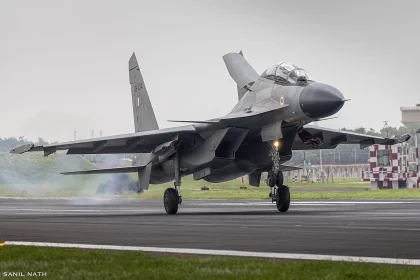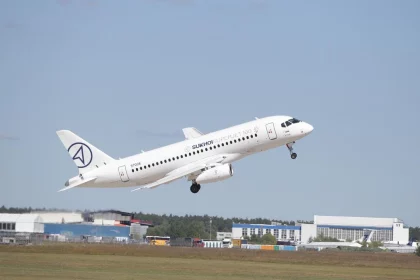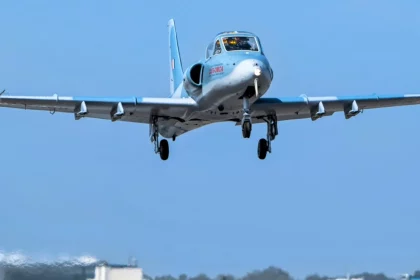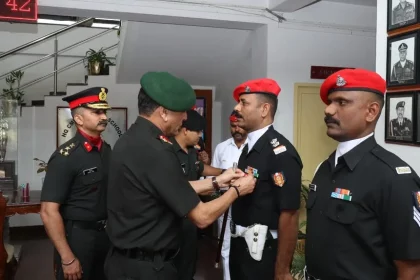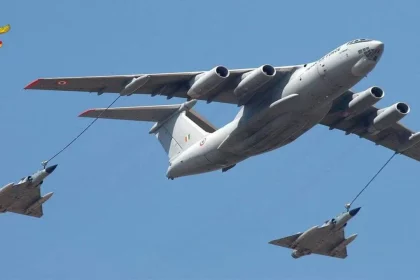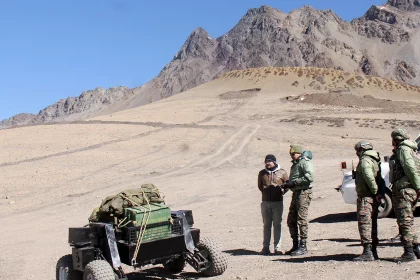IAF’s New Self-Protection Jammer to Sharpen Su-30MKI’s Electronic Warfare Edge
The IAF’s plan to equip Su-30MKI fighters with DRFM and GaN-based Advanced Self-Protection Jammers marks a major leap in India’s…
India Signs Historic Deal with Russia to Manufacture Sukhoi Superjet 100 Passenger Aircraft
The HAL-UAC partnership marks India’s return to civilian aircraft manufacturing after nearly four decades, boosting self-reliance and regional connectivity.
HAL Successfully Conducts Maiden Flight of Unmanned Kiran Aircraft
Legacy Kiran Mk-II Transformed into Advanced Optionally Manned Combat Aircraft under HAL’s CATS Program.
Lt General Dhiraj Seth Visits CMP Centre and School, Lauds Women Agniveers and Elite Teams
Lt Gen Dhiraj Seth Reviews Training Initiatives and Commends Women Agniveers at CMP Centre, Bengaluru.
Israeli Firm Set to Win ₹8,000 Crore Indian Air Force Mid-Air Refuelling Aircraft Deal
Israel Aircraft Industries emerges as frontrunner to supply six converted Boeing 767 refuellers, boosting IAF’s long-range operational capabilities.
Lt Gen Anindya Sengupta Reviews Operational Preparedness in Garhwal Sector and Joshimath
Army Commander praises troops for professionalism and technological integration during forward area review in Garhwal sector.

